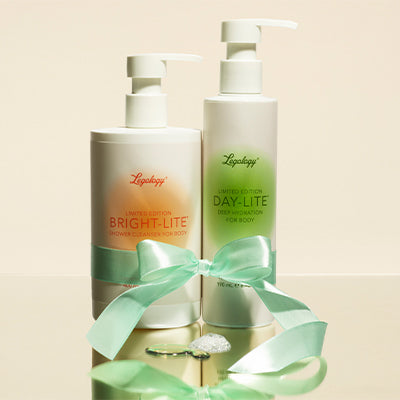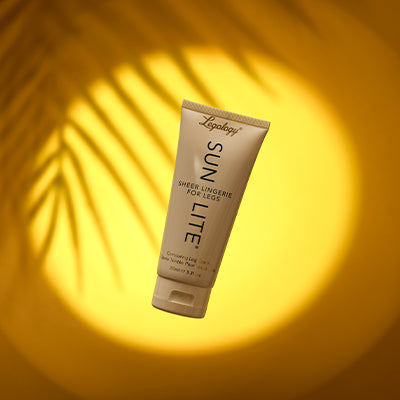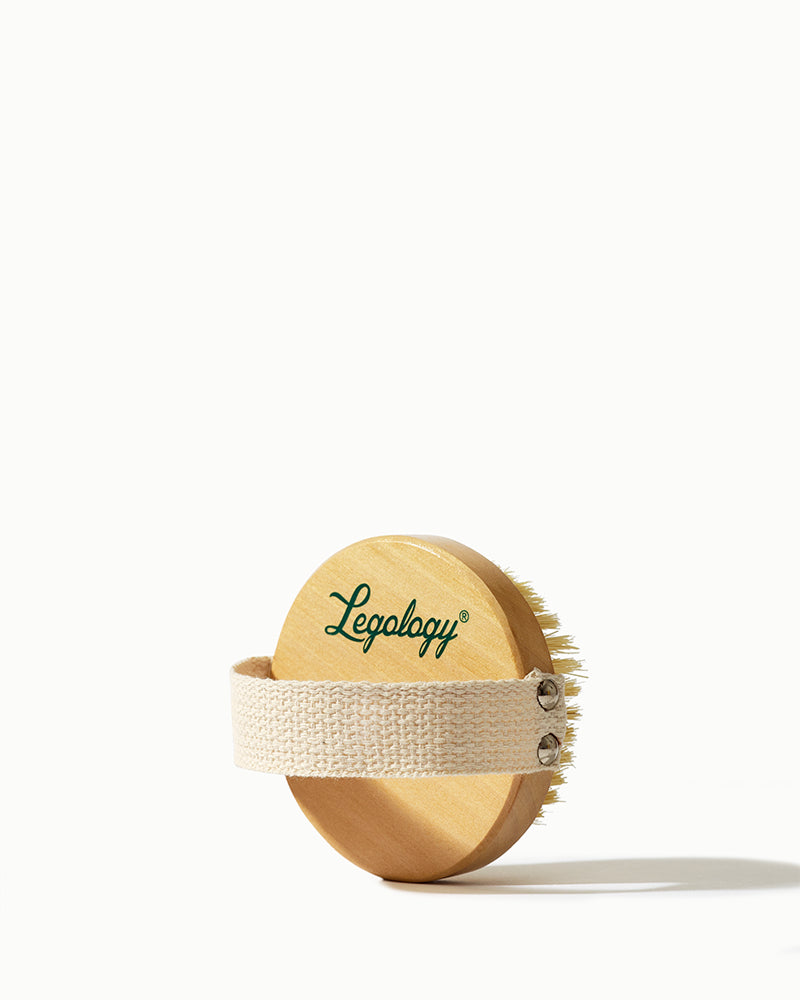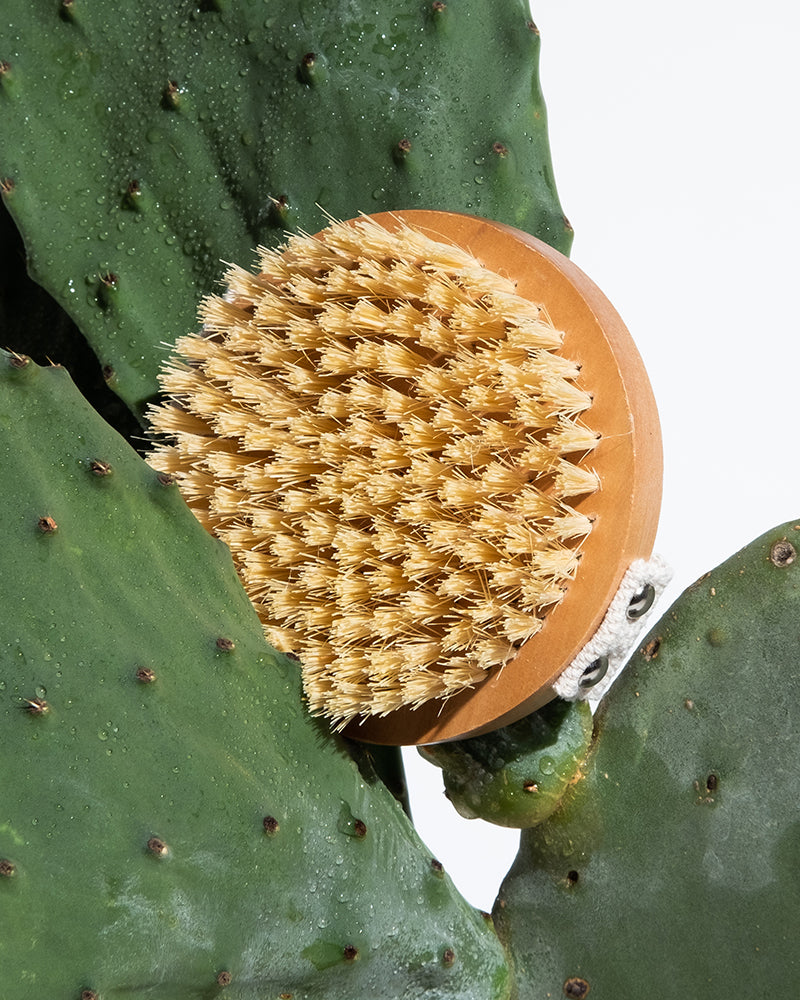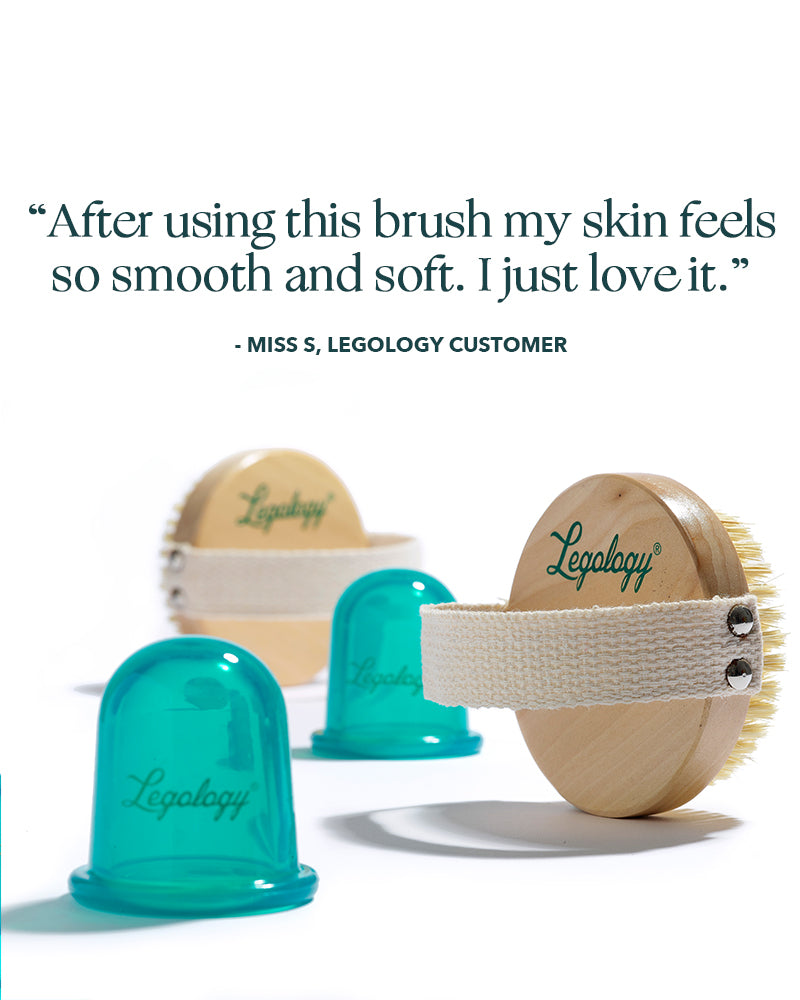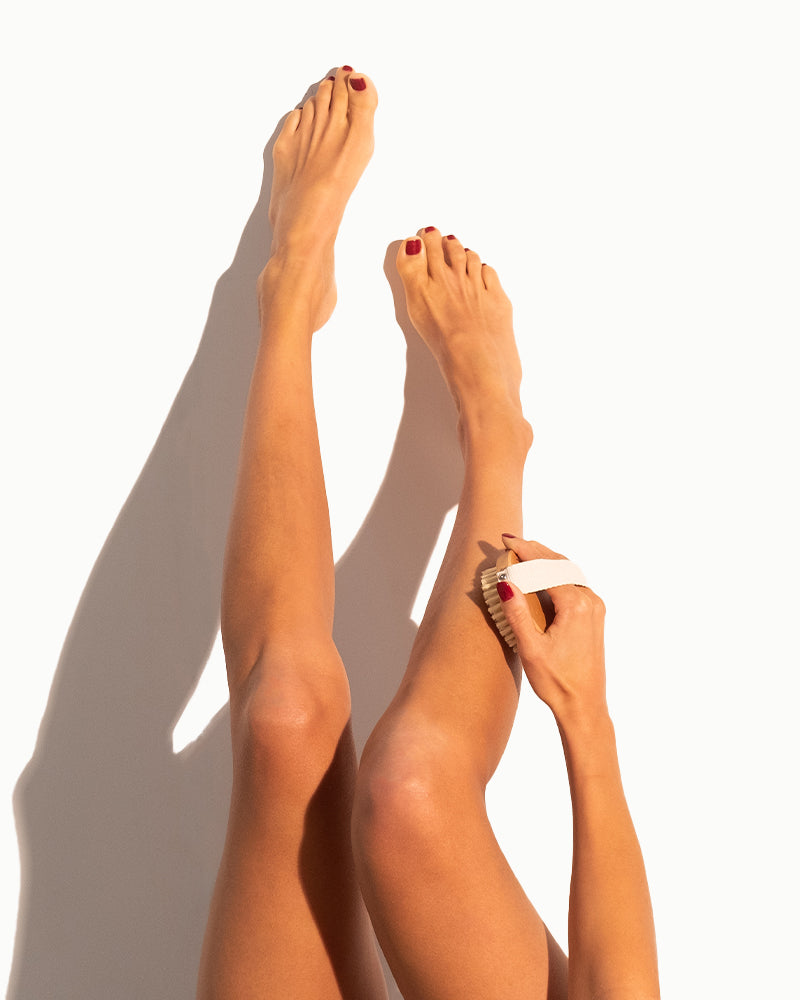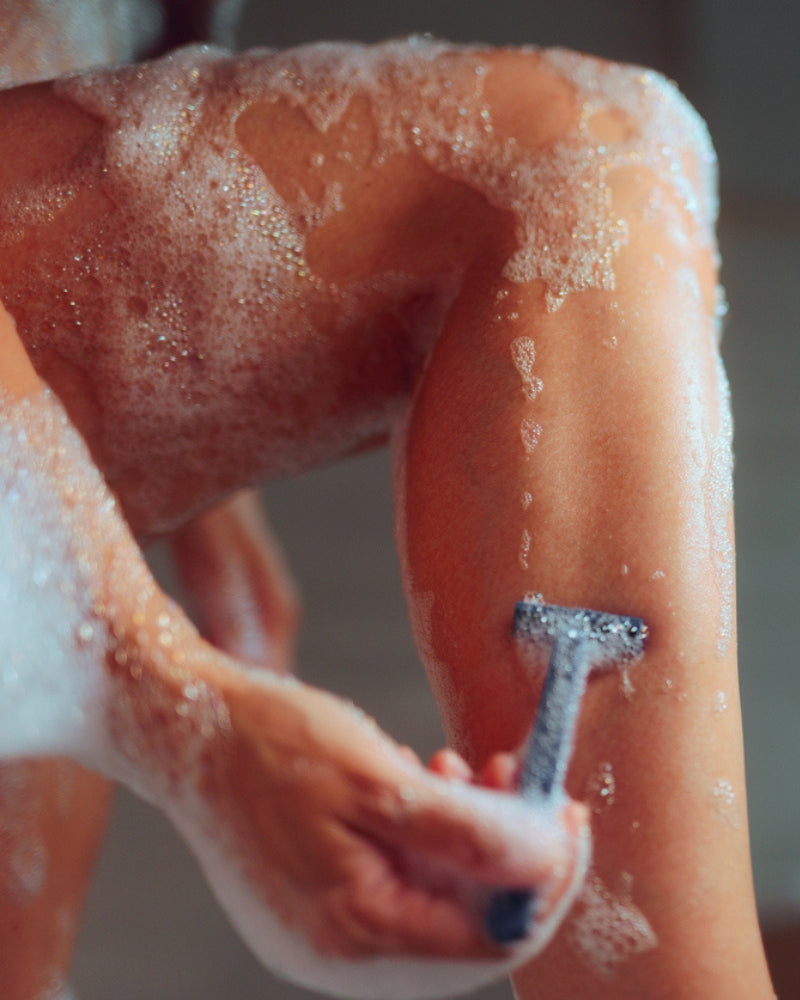Why Body Brushing Isn't Just For Summer

If you’ve ever felt sluggish, puffy, or noticed the tell-tale dimpling of cellulite creeping in, body brushing could be your game-changing ritual. Simple, natural, and centuries-old, this practice is the first step in a truly effective leg and body care regime — it is the heart of the Legology approach to great legs.
A Brief History of Body Brushing
Body brushing has roots in ancient cultures — from Ayurvedic practices in India to Grecian and Roman bathing rituals. Traditionally used to exfoliate the skin, stimulate circulation, and promote overall vitality, the practice has retained modern relevance through its role in lymphatic health, skin tone improvement, and body contouring.
Why Body Brushing Works
At its core, body brushing supports the lymphatic system — a delicate network just beneath the skin that filters waste and toxins. Unlike the circulatory system, the lymphatic system lacks a pump and depends on movement (such as exercise or gentle brushing) to maintain flow. When lymph becomes sluggish, waste can become trapped between fat cells and contribute to the dimpled texture recognised as cellulite.
Brushing stimulates lymph flow toward lymph nodes for filtering and metabolism. It also increases circulation, delivering nutrients and oxygen to tissues, which produces an energised, post-brush sensation. In addition, body brushing functions as an exfoliator, priming the skin so body creams and oils absorb more effectively — an advantage that is particularly relevant during colder months when central heating depletes skin moisture. Regular brushing helps moisturisers perform optimally year-round.
Dry or Wet? When and How to Brush
Body brushing may be performed on wet or dry skin — before, during, or after a shower — depending on personal preference. Brushing primes skin to absorb active ingredients more effectively, improving the performance of creams and oils. It also smooths the skin surface, promoting a more even application and development of sunscreen and self-tan products.
Avoid the common mistake of brushing too hard or too long. Use light, swift strokes directed from the extremities toward central lymph node areas. The objective is to activate the superficial lymphatic network, not to exert deep pressure. A gentle routine of roughly one minute per major limb is typically sufficient; prolonged or forceful brushing is unnecessary and counterproductive.
The 5 Steps to Brushing Like a Pro
- Start at your feet. Use very light, brisk strokes and brush upwards toward the knees. Think feather-light rather than pressure-heavy. Increase pressure only gradually as the skin adapts.
- Move to your thighs. Continue with upward movements toward the groin where key lymph nodes are located. Avoid circular motions; maintain a directional flow.
- Brush your arms. Start at your hands and brush toward the shoulders and armpits, another lymphatic hub.
- Tackle the torso. Brush upward toward the heart — over the stomach, back, and chest — while avoiding sensitive areas.
- Finish with product application. Apply a lymph-stimulating body product (for example, Legology Cellu-Lite or Air-Lite) to maximise absorption and effect.
Why Pressure Matters: Don’t Crush Your Lymph
Light pressure is essential. Deep tissue tools such as plastic nodules, sticks, or intense fascia massagers can damage fragile lymphatic vessels located just beneath the skin surface. These vessels are designed for flow rather than compression. Select tools and techniques that support lymphatic movement rather than strain it.
Choose brushes with gentle natural or soft synthetic bristles and use brisk, upward strokes. The goal is facilitation of fluid movement and improved skin texture, not forceful mechanical manipulation.
